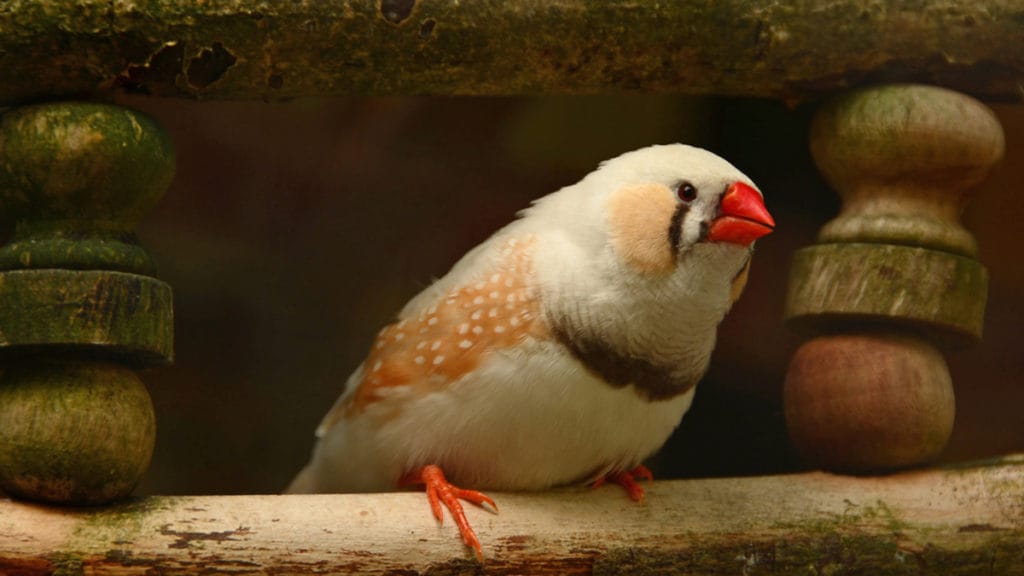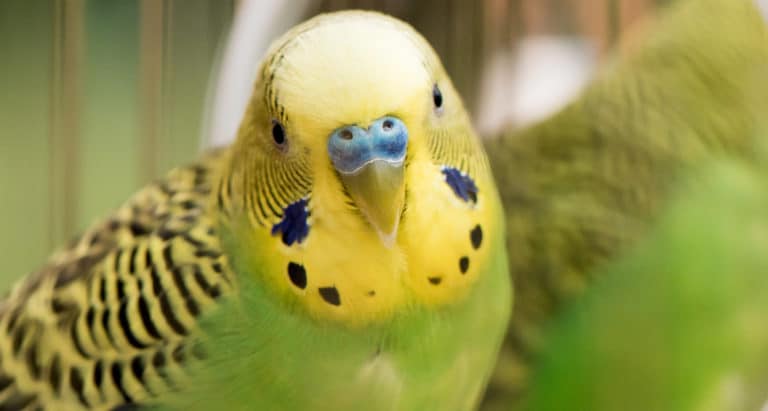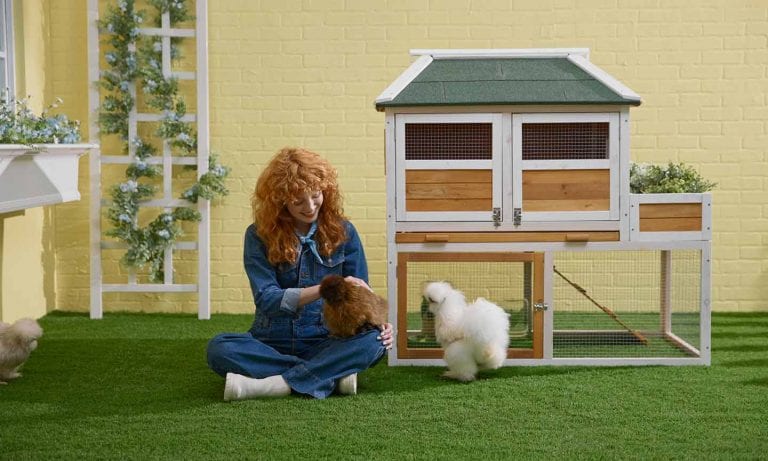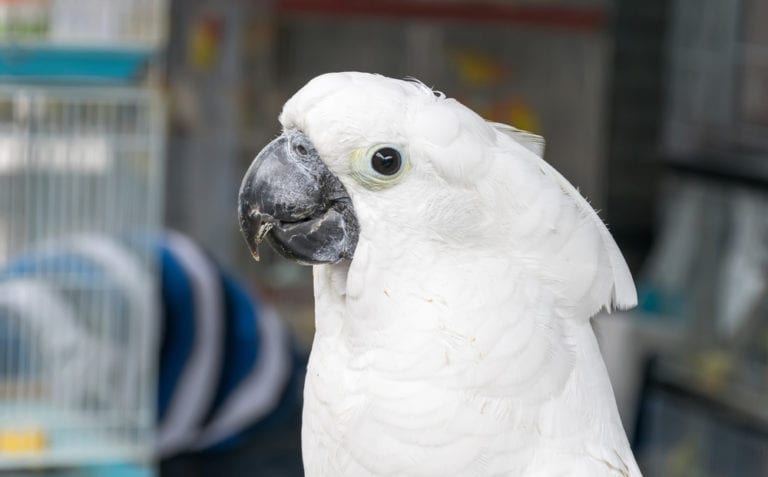If you’re looking for an entertaining bird that is not particularly demanding, then a finch may be the perfect pet for you. Actually, make that a pair of finches, since these pets, unlike canaries, do better if they share their bird cages with at least one other bird, says Dr. Anne Staudenmaier, an associate veterinarian in the Avian and Exotic department at Angell Animal Medical Center in Boston.
Here’s what you need to know about these gregarious birds so they’ll thrive under your care.
Types of Finches and Where to Get Them
The society finch is among the most popular among pet parents. Unlike other types of finches, society finches aren’t found in the wild—meaning they’ve been bred as pets. They’re known for their friendliness and ability to chirp in a melodious way. They are usually brown and white, with different types of markings.
Zebra finches are another popular species if you want to keep finches. Originally from Australia, they are gray birds with distinctive red beaks and red legs. They can be housed with other types of finches, as well as their own kind.
Finches are relatively cheap—you can buy zebra or society finches for around $20 to $40. Or you can try getting one at your local shelter. The ones at the shelter are often adults, so you can get a better sense of their personalities and whether they’d be a good fit for your lifestyle, Staudenmaier explains.
If you can, observe your prospective finches before buying or taking them home. What you want to see are birds that are happily engaging with the people and things around them.
Traits and Personalities of Finches
“Finches are outgoing and—in my own personal opinion—a little more gregarious than canaries,” says Staudenmaier. Like canaries, male finches tend to be more vocal, but both sexes can make good pets, she adds. (Just don’t expect the gorgeous singing of a canary—finches are better known for their peeps and chirps.) Because they’re so active, finches are fun to watch.
They’re also very social birds and don’t do well on their own, so get a companion (or several) right away.
“They don’t have to be female-male pairs—finches can do fine in ‘bachelor’ flocks,” Staudenmaier explains. One caveat: If you’re introducing two birds that have never been in the same cage together, introduce them slowly to prevent fighting and injury. Keep them in separate nearby cages for a few days while they get used to each other.
Finches love to make nests, says Staudenmaier. If you have a group of males, put nesting material—like newspaper, cloth, or tissue paper shreds—on the floor of the cage. You can get wicker or plastic nest boxes. Or try Sungrow’s coconut shell bird house.
Just don’t give your pets nesting material if there’s a female in your group. “Nests can stimulate reproductive behavior in birds, which increases the risk for medical issues like egg binding, which can be a serious condition,” Staudenmaier explains.
Your finches probably won’t want to be handled by you or other family members, but they will like some attention. Keep the cage in a fairly well trafficked place (like the family room) so you can watch your pets hop and fly around the cage—and they can see and hear you.
Care and Feeding of Finches
A good diet, room to fly, enrichment, and a clean cage are the cornerstones for a happy bird, says Staudenmaier. Here’s what you need to know when keeping finches.
Cages
Finches get their exercise by flying, especially back and forth. If you’re keeping finches, your cage should be at least two- to three-feet tall and nearly three feet long. Provide two or three perches, about ¾ of an inch in diameter, at various heights so your birds will have places to fly and perch on. Wood is always a good option since it helps wear your finches’ claws down naturally.
In the cage, have two food and water bowls, as well as shallow bowl for your finches to bathe in. Provide stimulation in the form of companionship as well as foraging toys—places where you can hide seeds and other treats for your birds to find and get out.
Feeding
Wild finches eat seeds, but the best food for pet finches are pellet-based with some seeds mixed in, like Kaytee’s Supreme Finch Food. You can supplement your birds’ diet with greens like spinach, watercress, and lettuce, as well as bits of apple, pear, and carrots. Give your finches small servings of each thing.
Keeping Your Finch Healthy
Like all birds, finches have very sensitive respiratory systems, so avoid second-hand smoke and air fresheners, Staudenmaier says. Watch for subtle signs that your finch isn’t feeling well, like spending a lot of time on the floor of the cage instead of hopping or flying around. Other warning signs include poor appetite or a nearly silent bird. If you see these signs, take your bird to the vet. You can go to the Association of Avian Veterinarians website to search for an avian veterinarian in your area, says Staudenmaier.
By: Linda Rodgers
Featured Image: Via iStock.com/49pauly
Share:












